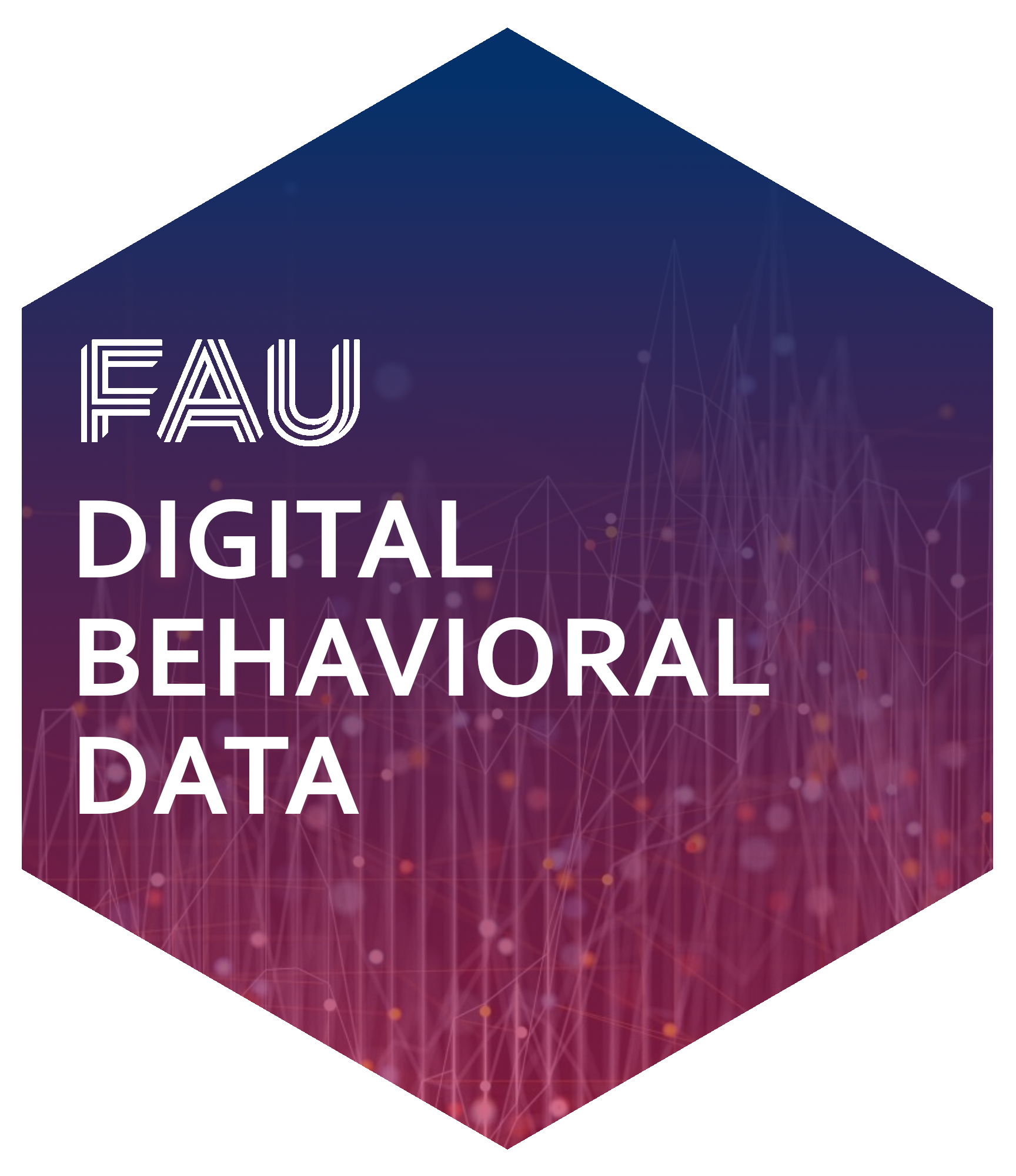Session 7
📦 Data collection methods
Prepare
🔨 Please install the 🏴☠️ Zeeschuimer browser plugin (only Firefox-based browsers) by following the instructions from the Github page.
🔨 Please test your 🐈🐈 4CAT 🐈🐈 login details as soon as possible after receiving them via Zulip.
Participate
🖥️ Session 07
Mandatory literature
All articles of this section have to be read & used by the presenting group
Baumgartner, S. E., Sumter, S. R., Petkevič, V., & Wiradhany, W. (2022). A Novel iOS Data Donation Approach: Automatic Processing, Compliance, and Reactivity in a Longitudinal Study. Social Science Computer Review, 089443932110710. https://doi.org/10.1177/08944393211071068
Ohme, J., Araujo, T., Boeschoten, L., Freelon, D., Ram, N., Reeves, B. B., & Robinson, T. N. (2023). Digital Trace Data Collection for Social Media Effects Research: APIs, Data Donation, and (Screen) Tracking. Communication Methods and Measures, 1–18. https://doi.org/10.1080/19312458.2023.2181319
Skatova, A., & Goulding, J. (2019). Psychology of personal data donation. PLOS ONE, 14(11), e0224240. https://doi.org/10.1371/journal.pone.0224240
Driel, I. I. van, Giachanou, A., Pouwels, J. L., Boeschoten, L., Beyens, I., & Valkenburg, P. M. (2022). Promises and Pitfalls of Social Media Data Donations. Communication Methods and Measures, 1–17. https://doi.org/10.1080/19312458.2022.2109608
Yee, A. Z. H., Yu, R., Lim, S. S., Lim, K. H., Dinh, T. T. A., Loh, L., Hadianto, A., & Quizon, M. (2022). ScreenLife capture: An open-source and user-friendly framework for collecting screenome data from android smartphones. https://osf.io/sphq4
🐈🐈 4CAT 🐈🐈-Toolkit
Peeters, S., & Hagen, S. (2022). The 4CAT Capture and Analysis Toolkit: A Modular Tool for Transparent and Traceable Social Media Research. Computational Communication Research, 4(2), 571–589. https://doi.org/10.5117/ccr2022.2.007.hage
Peeters, S. (2022). Zeeschuimer. Zenodo. https://zenodo.org/record/6826877
Other additional readings
Breuer, J., Kmetty, Z., Haim, M., & Stier, S. (2022). User-centric approaches for collecting Facebook data in the ‘post-API age’: experiences from two studies and recommendations for future research. Information, Communication & Society, 1–20. https://doi.org/10.1080/1369118X.2022.2097015
Engel, U., Quan-Haase, A., Liu, S. X., & Lyberg, L. (2021). Application programming interfaces and web data for social research (1st ed., pp. 33–45). Routledge. https://www.taylorfrancis.com/books/9781003025245/chapters/10.4324/9781003025245-4
Engel, U., Quan-Haase, A., Liu, S. X., & Lyberg, L. (2021). A brief history of APIs (1st ed., pp. 17–32). Routledge. https://www.taylorfrancis.com/books/9781003025245/chapters/10.4324/9781003025245-3
Jünger, J. (2022). Verhaltens-, Forschungs- oder Datenschnittstellen?: Application Programming Interfaces (APIs) aus diachron und synchron vergleichender Perspektive. https://doi.org/10.48541/DCR.V10.6
Lomborg, S., & Bechmann, A. (2014). Using APIs for Data Collection on Social Media. The Information Society, 30(4), 256–265. https://doi.org/10.1080/01972243.2014.915276
Ohme, J., Araujo, T., Vreese, C. H. de, & Piotrowski, J. T. (2021). Mobile data donations: Assessing self-report accuracy and sample biases with the iOS Screen Time function. Mobile Media & Communication, 9(2), 293–313. https://doi.org/10.1177/2050157920959106
Puschmann, C., & Ausserhofer, J. (2017). Social data APIs (M. T. Schäfer & K. Es, van, Eds.). Amsterdam University Press. http://en.aup.nl/books/9789462981362-the-datafied-society.html
Sloan, L., & Quan-Haase, A. (2016). The role of APIs in data sampling from social media (pp. 146–160). SAGE Publications Ltd. http://methods.sagepub.com/book/the-sage-handbook-of-social-media-research-methods/i1486.xml
Back to course schedule ⏎
